The recently-released image shows how Sagittarius A is both mundane and very strange, all at once.
Category: cosmology – Page 290

How could we find a wormhole hiding in the Milky Way?
If there was a wormhole in the center of our galaxy, how could we tell? Two physicists propose that carefully watching the motions of a star orbiting the Milky Way’s supermassive black hole might help scientists start to check. The researchers published the idea in a recent paper in the journal Physical Review D.
A wormhole is a hypothetical concept that connects two separate areas of space-time. Wormholes often appear in science fiction narratives like the 2014 film Interstellar as a convenient way to get from point A to point B in the vast universe. Physicists have many theories that describe how wormholes might behave, if they exist, but haven’t yet found any.
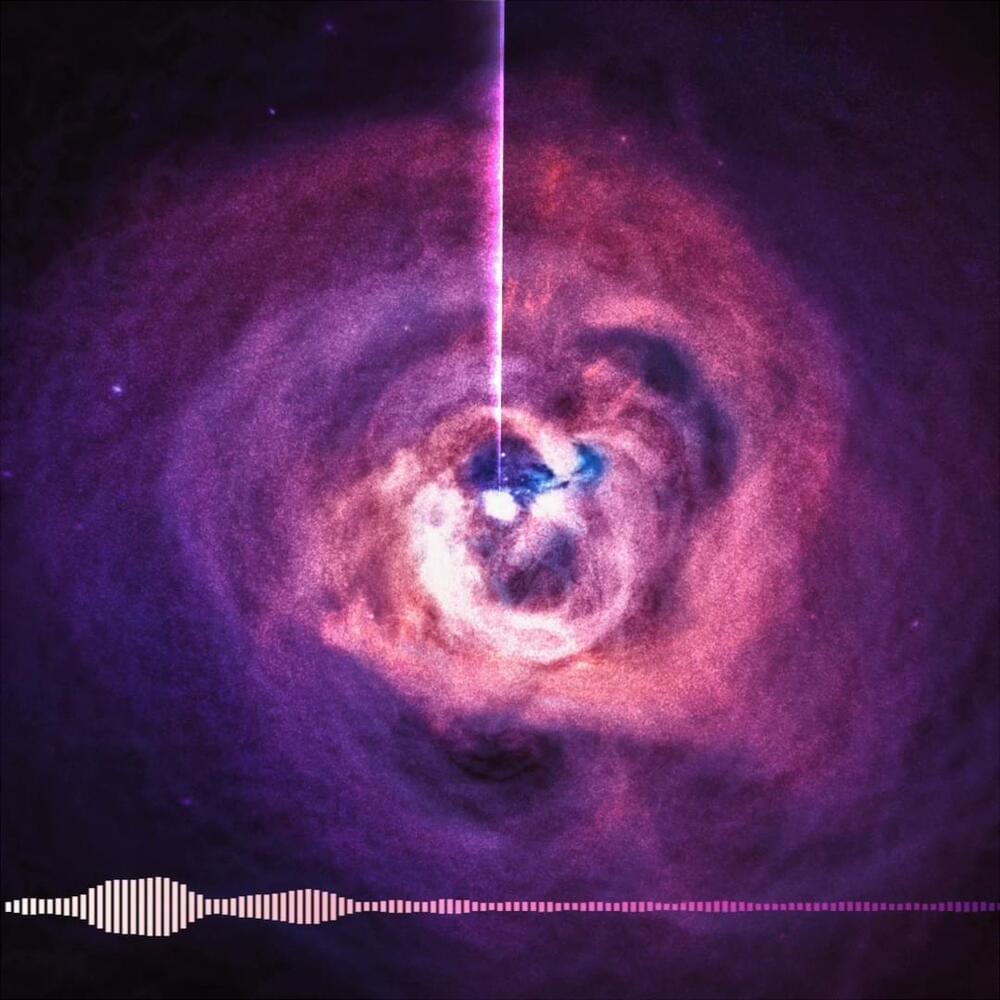
NASA’s Goddard Space Flight Center
Hello darkness, my old friend 🎵
Want to listen to a black hole? The black hole at the center of the Perseus galaxy cluster sends out pressure waves that ripple the cluster’s gas, which we can translate into a note. #BlackHoleWeek https://go.nasa.gov/3MQae1I
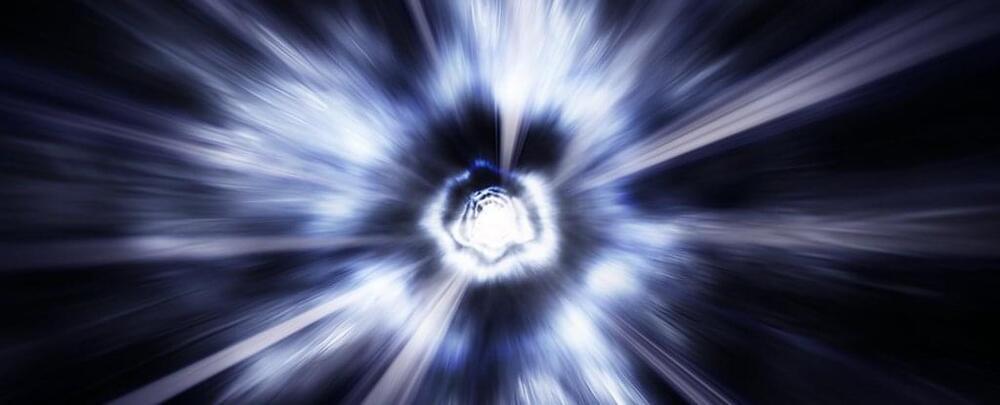
Physicists Found a Way to Trigger The Strange Glow of Warp Speed Acceleration
Every time you take a step, space itself glows with a soft warmth.
Called the Fulling–Davies–Unruh effect (or sometimes just Unruh effect if you’re pushed for time), this eerie glow of radiation emerging from the vacuum is akin to the mysterious Hawking radiation that’s thought to surround black holes.
Only in this case, it’s the product of acceleration rather than gravity.

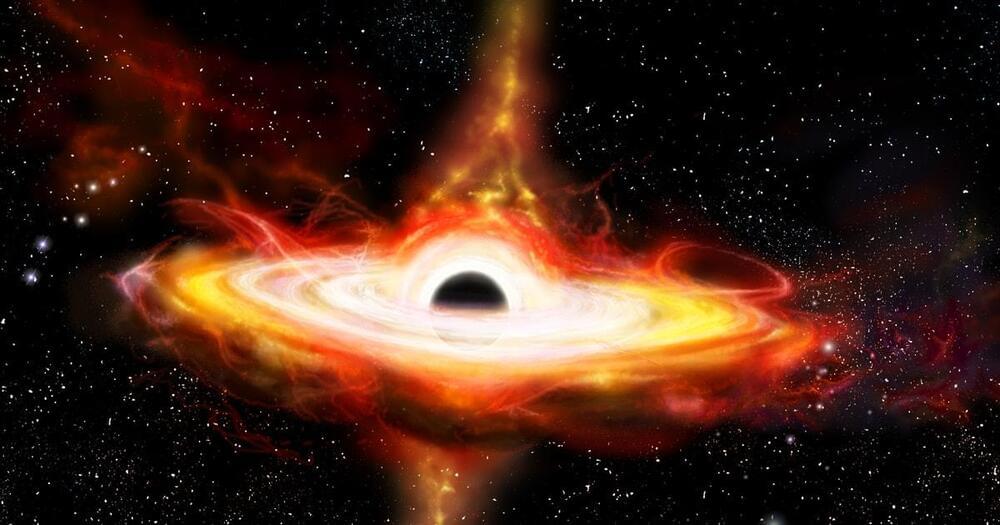
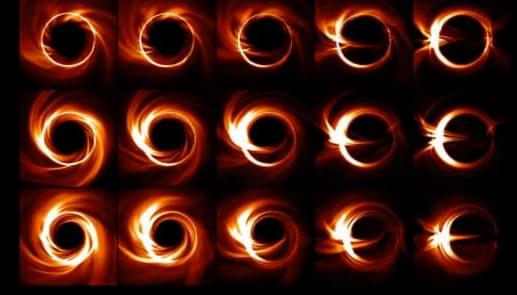
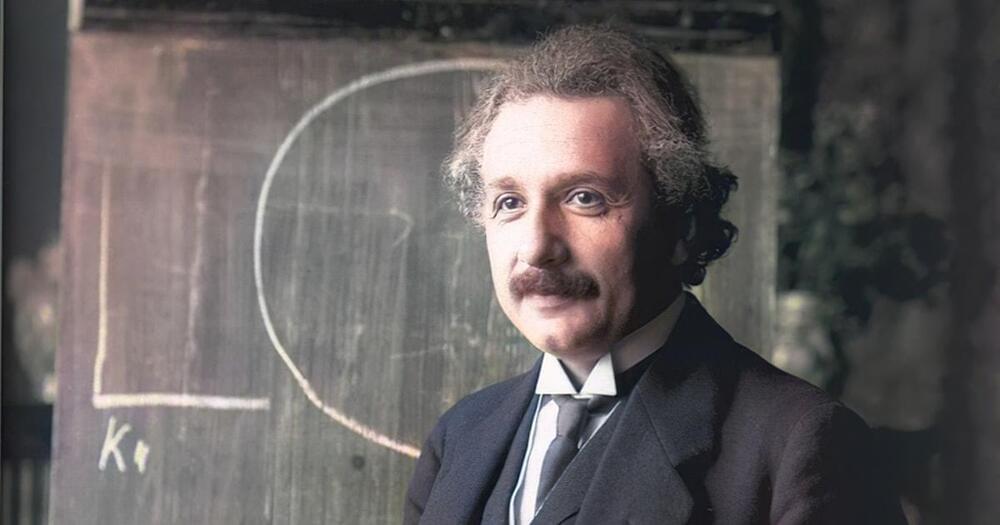
The supermassive black hole at the heart of our galaxy proves Einstein right
Here’s how over 300 astronomers captured the dazzling first image of Sagittarius A*, and why it matters.
Our team was part of the global Event Horizon Telescope (EHT) Collaboration, which has used observations from a worldwide network of eight radio telescopes on our planet — collectively forming a single, Earth-sized virtual telescope — to take the stunning image. The breakthrough follows the collaboration’s 2019 release of the first-ever image of a black hole, called M87*, at the center of the more distant Messier 87 galaxy.
Black holes: Looking into darkness
The team observed Sagittarius A* on multiple nights, collecting data for many hours in a row, similar to using a long exposure time on a camera. Although we cannot see the black hole itself, because it is completely dark, glowing gas around it reveals a tell-tale signature: a dark central region (called a “shadow”) surrounded by a bright ring-like structure. The new view captures light bent by the powerful gravity of the black hole, which is four million times more massive than our Sun. The discovery also yields valuable clues about the workings of black holes, which are thought to reside at the center of most galaxies.

Thousands of Mysterious Strands Cross Through the Center of Our Galaxy
“Some of them are beautiful — they show up like harp-shaped strings next to each other,” says Farhad Yusef-Zadeh, an astrophysicist at Northwestern University who led a recent study published in The Astrophysical Journal Letters on the strands.
But researchers are still unsure about the cause of these features in the cosmos. “The big question is: What is the origin of these filaments?” Yusef-Zadeh says. “The puzzle is still there and the mystery continues.”
One hypotheses suggests they might be related to the black hole at the center of the Milky Way, which was captured in an image for the first time ever this week.
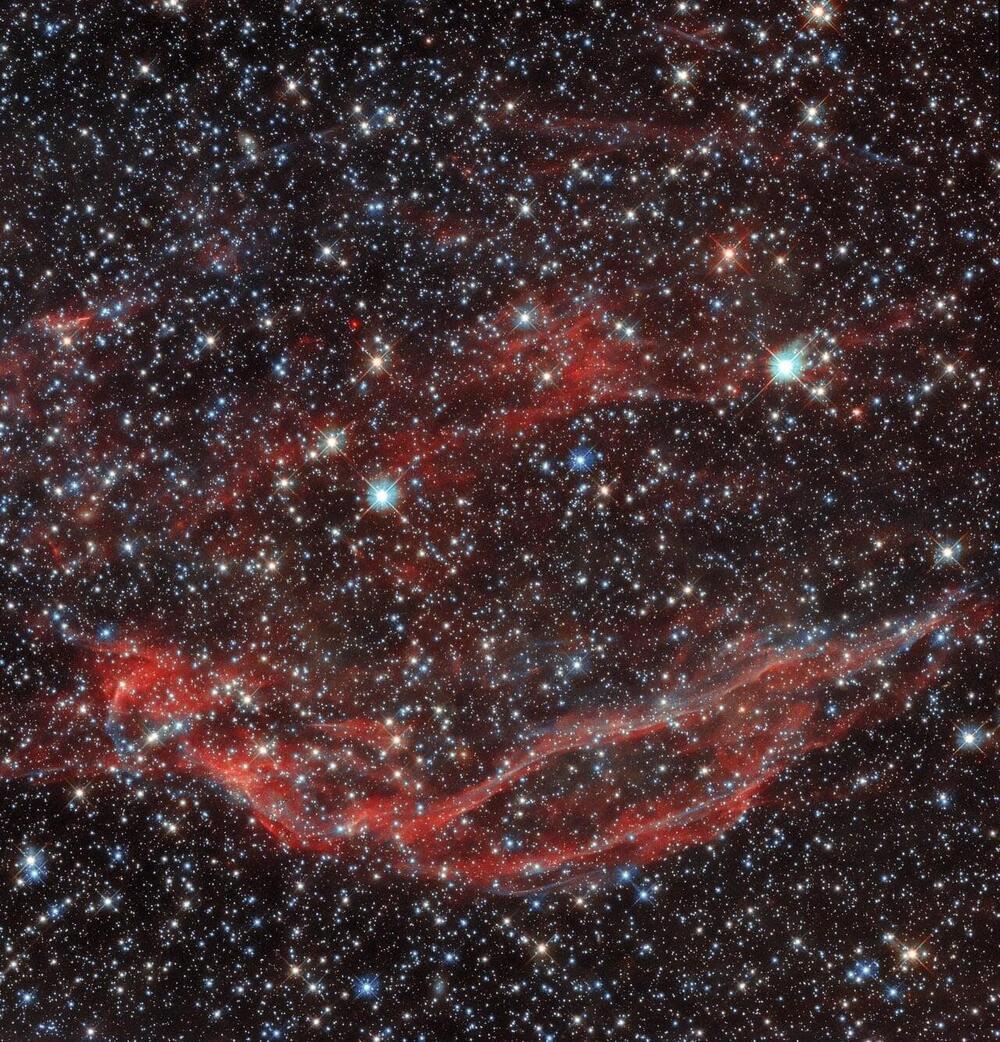
Hubble captures beautiful aftermath of supernova explosion
Supernovas might spell the end for the star they happen to, but they aren’t only destructive phenomena. When a star approaches the end of its life and runs out of fuel, it explodes in an enormous outpouring of energy, leaving behind a small, dense core that becomes a black hole or a neutron star. This explosion, though destructive on an epic scale, can also leave behind a beautiful remnant created by the explosion’s shock wave.
A image recently released by the Hubble Space Telescope team shows one such supernova remnant, called DEM L249. Captured by Hubble’s Wide Field Camera 3 instrument and located in the constellation of Mensa, this delicate structure is formed from dust and gas ejected outward from the star’s location by the force of the blast.
“This object — known as DEM L249 — is thought to have been created by a Type 1a supernova during the death throes of a white dwarf,” the Hubble scientists write. “While white dwarfs are usually stable, they can slowly accrue matter if they are part of a binary star system. This accretion of matter continues until the white dwarf reaches a critical mass and undergoes a catastrophic supernova explosion, ejecting a vast amount of material into space in the process.”